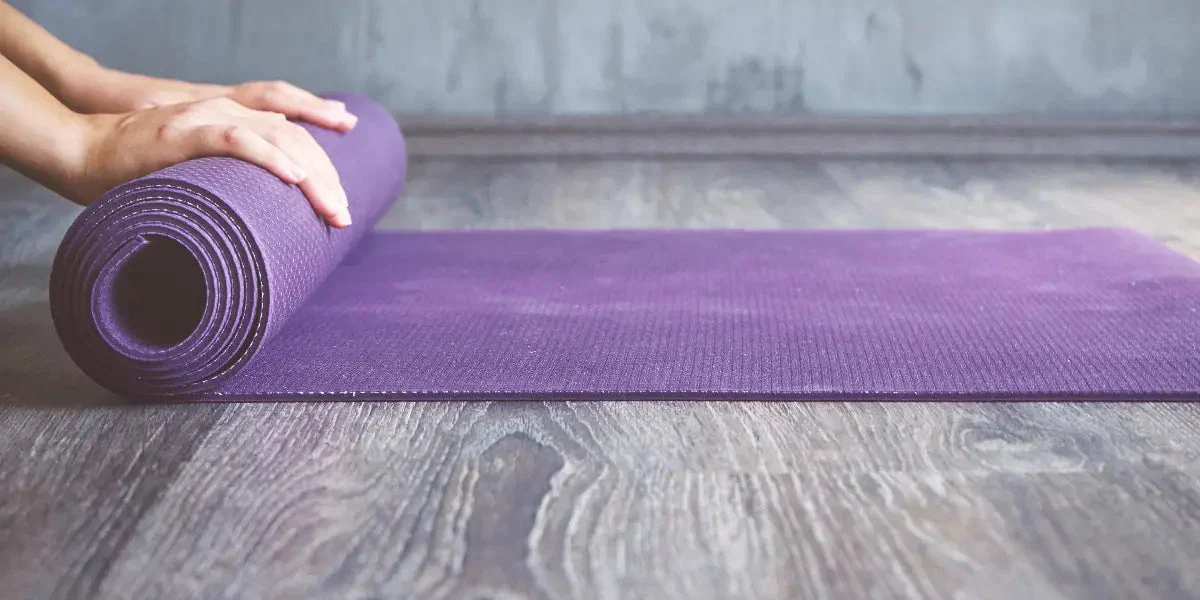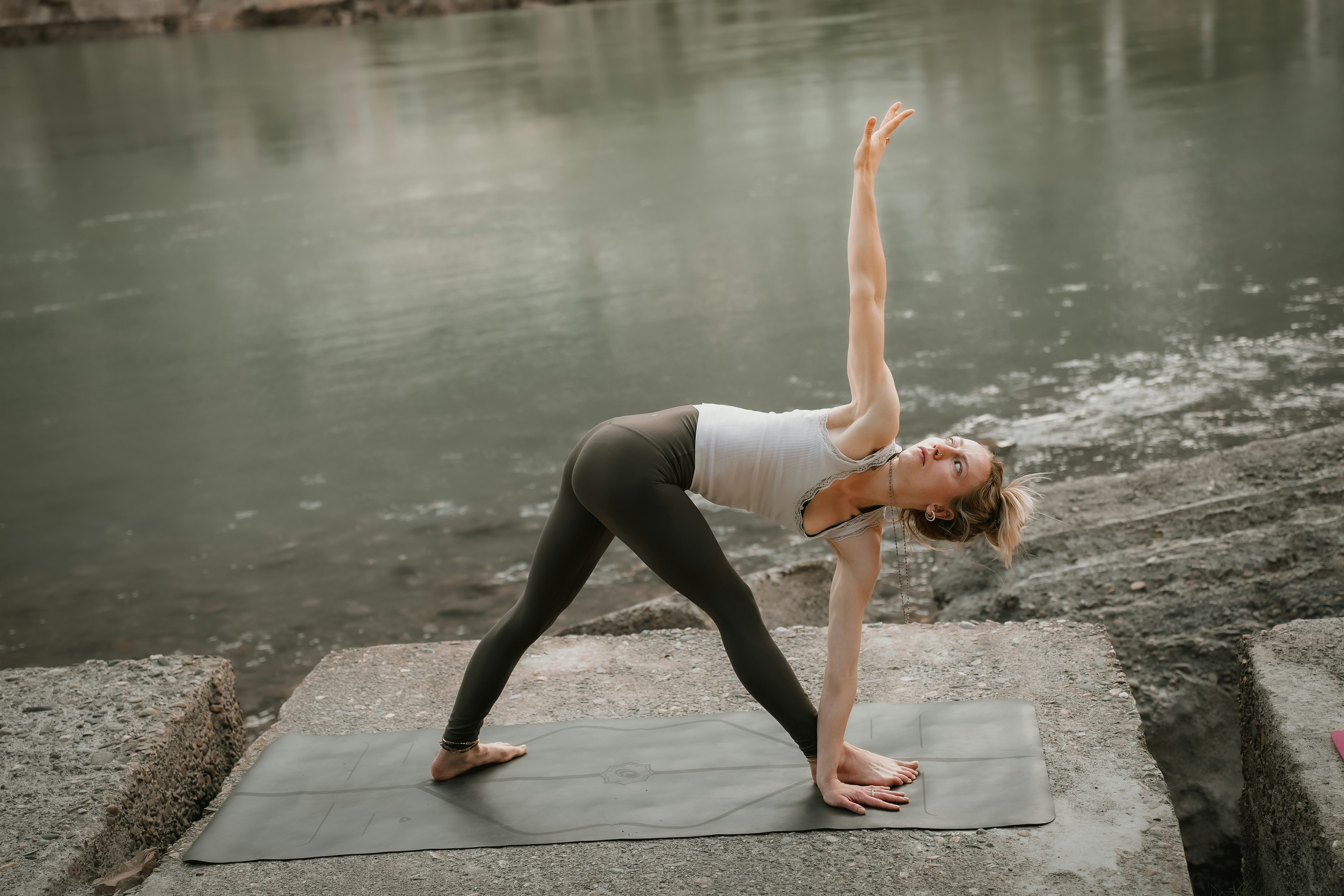Practice
Things to Look for in Pranayama Teacher Training

When I first began my yoga journey, I never fully grasped the transformative power of pranayama. I had heard the term often—mostly used in between asanas to create calm—but I had no real understanding of its profound impact on mental, physical, and emotional well-being. As I delved deeper into yoga, I realized that pranayama was much more than just a tool for relaxation. It became a key to unlocking better self-awareness, improving energy flow, and fostering a stronger connection between body and mind.
Now, if you’re thinking about enrolling in pranayama teacher training, let me assure you that this can be one of the most rewarding experiences of your yoga journey. But with so many options available, it can be difficult to choose the right one. In this article, I’ll share what I believe are the key things to look for in pranayama teacher training, to help you find a program that aligns with your goals and enhances your practice.
What Makes Pranayama So Special?
Before diving into the details of what to look for in pranayama teacher training, let’s first take a moment to discuss what pranayama is all about. Pranayama refers to the control and regulation of breath. It’s a practice that involves techniques aimed at enhancing the flow of life force, or prana, within the body. I’ve found that pranayama is not just about managing breath—it’s a powerful tool for balancing the body and calming the mind, offering a variety of benefits such as stress reduction, increased mental clarity, emotional healing, and physical vitality. It’s a practice that holds deep wisdom and, when taught properly, can be transformative.
So, if you’re considering pranayama teacher training, you’re not just learning to teach others how to breathe better. You’re learning how to help others tap into an ancient practice that has the potential to change lives.
Key Factors to Consider in Pranayama Teacher Training
Expertise and Experience of Instructors
In my personal experience, one of the most important aspects to look for in pranayama teacher training is the depth of knowledge and experience of the instructors. You’ll want to work with teachers who not only understand the techniques but who have also lived and practiced pranayama for years. A strong instructor can make all the difference, as they offer both theoretical knowledge and practical insight into the art of pranayama.
Look for teachers who are well-versed in the philosophy of pranayama, as well as its physiological effects on the body. The more experienced your instructors are, the more you will learn about the subtle effects of each breathwork technique. An experienced teacher can guide you through nuances that books or videos cannot capture, helping you develop a personal, authentic practice.
Comprehensive Curriculum with Practical Application
The next thing to consider is the curriculum. A high-quality pranayama teacher training program should provide a well-rounded approach to pranayama, incorporating both theory and practice. While learning various breathing techniques is essential, understanding their history and connection to yoga philosophy is equally important.
I discovered that the most beneficial programs offered a deep dive into the different pranayama techniques, from basic ones like Nadi Shodhana and Ujjayi to more advanced ones such as Kapalbhati and Bhastrika. These techniques serve different purposes, from calming the mind to energizing the body, and having a well-rounded understanding of each helps you guide your students more effectively. The best programs also connect pranayama with yoga as a whole, explaining how the breathwork aligns with meditation and other yoga practices.
Another key component I found in effective programs was their focus on the integration of pranayama with other wellness practices like mindfulness. Learning how to use the breath to deepen a meditation practice or create greater awareness in yoga postures was invaluable to me, and this integration is something I highly recommend seeking in a program.
Safety and Anatomy Knowledge
As with any aspect of yoga, safety is paramount when practicing pranayama. It’s essential to learn how to teach pranayama safely to prevent strain, especially with techniques that require breath retention or rapid breathing. I remember that my training spent a significant amount of time on understanding the anatomy of breathing—the mechanics of how the diaphragm and lungs function during breathwork.
When choosing a pranayama teacher training program, make sure they emphasize anatomical safety. Your training should include how to modify techniques for students with different physical conditions, such as those with asthma or anxiety. A well-rounded training program will help you understand how to offer pranayama in a way that is safe for a variety of body types and health conditions.
Personal Practice and Self-Reflection
While teacher training is about learning how to teach, it’s also about deepening your own practice. The more you practice pranayama personally, the better equipped you will be to guide others. Look for programs that encourage self-practice as an essential part of the training.
In my own experience, we were encouraged to integrate pranayama into our daily routines, allowing us to experience the physical, mental, and emotional effects firsthand. I truly believe that developing a personal connection to pranayama is essential if you want to teach it authentically and effectively. Moreover, journaling and self-reflection exercises during the training helped me gain insights into how each breathwork technique affected my body and mind, making me more in tune with my practice.
Flexibility and Program Format
Another factor to consider is the format and structure of the program. Different pranayama teacher training courses come in various formats, including online, in-person, intensive, or extended over several months. When choosing the right program for you, consider your lifestyle and how much time you can commit.
Some people, like myself, find that a more spread-out program allows for a slower, more immersive learning experience. On the other hand, if you’re looking for a quicker path to certification, an intensive might be more suitable. Ultimately, you want to choose a program that fits your schedule while still providing a comprehensive, well-rounded education in pranayama.
Conclusion
Choosing the right pranayama teacher training program is an important step in your yoga journey. After going through my own training, I’ve learned that the best programs are those that offer a blend of knowledgeable instructors, a comprehensive curriculum, safety practices, and a focus on self-reflection. The journey of becoming a pranayama teacher is not just about learning how to teach breathing techniques—it’s about deepening your personal practice, understanding the philosophical and anatomical aspects, and gaining the ability to help others experience the transformative power of breathwork.
I hope these insights will help you choose the right program for you. No matter where you are on your yoga journey, pranayama teacher training can deepen your practice and empower you to share this ancient and profound practice with others.









